Description
Integrating new energy development into new economic development is the future development direction of integrated agriculture,
forestry, graziery and fishery production systems. “Complementary Photovoltaics with Agriculture, forestry, graziery and fishery”
combines agriculture, forestry, graziery, fishery and photovoltaic power generation. By setting up panels on the ground/water surface
establishing small power stations, and ground planting or grazing/cultivating fish and shrimp under the water surface, it achieved the
model of orderly combination of Planting, grazing, breeding and power generation, thus realized dual use in one place. It not only
improves the utilization efficiency of ground/water areas, but also increases the output value of ground/water areas per unit area,
perfectly integrates agriculture, forestry, graziery and fishery with new energy systems.
“Complementary photovoltaics with fishery” refers to the combination of fishery farming and photovoltaic power generation. A photovoltaic panel array is set up above the water surface of the fish pond. Fish and shrimp farming can be carried out in the water below the photovoltaic panel. The photovoltaic array can also provide good shielding for fish farming, forming a ” A new power generation model that can generate electricity from the top and raise fish from the bottom.
“Complementary photovoltaics with Agricultural” refers to a new agricultural model that combines photovoltaic power generation systems with agricultural planting. Typically, photovoltaic power generation systems require large areas of open land, while agricultural cultivation requires arable land. Agricultural photovoltaic hybridization organically combines photovoltaic power generation with agricultural planting by building a greenhouse under photovoltaic panels, achieving the effect of “power generation and planting”.
“Complementary photovoltaics with graziery” model refers to a production model in which photovoltaic power stations are installed in grassland pastures, solar panels are used to generate photovoltaic power, and pasture is planted and livestock are raised under the panels, that is, the coupling of livestock breeding and photovoltaic power generation.
“Complementary photovoltaics with forestry” refers to receiving sunlight above the photovoltaic to generate electricity, and planting shade-tolerant crops (such as grapefruit, tea trees, strawberries, etc.) in the lower space to achieve efficient use of land resources.
The above-mentioned complementary photovoltaics can save land resources, use one place for multiple purposes and achieve higher economic value.
Ground photovoltaic power station is a facility that uses solar energy to generate electricity. A large number of solar panels are installed on the ground to form a battery array, which is used to collect solar energy and convert it into electrical energy. Ground photovoltaic power stations usually consist of solar panels, photovoltaic inverters, grid connection equipment and supporting facilities.
WHB&R Other ground photovoltaic systems include:
Fixed photovoltaic systems, adjustable solar systems, Complex Mountain fixed photovoltaic systems, Steel Cable Flexible solar system, intelligent tracking photovoltaic systems, Complementary photovoltaics with fishery, Complementary photovoltaics with Agricultural, Complementary photovoltaics with graziery, Complementary photovoltaics with forestry systems, building facade photovoltaic systems, etc.
Ground photovoltaic power stations have the following advantages over other solar power generation methods:
- Scale effect: Ground photovoltaic power stations can accommodate more solar panels and utilize more solar resources, so they have higher power generation efficiency and larger power generation capacity.
- Easy maintenance: The solar panels of the ground photovoltaic power station are installed on the ground, which is easy to maintain and clean, and facilitates the maintenance and replacement of equipment.
- Flexibility: The layout and structure of ground photovoltaic power stations are relatively flexible and can be adjusted and optimized according to terrain and conditions to maximize the use of solar energy resources.
- Ground photovoltaic power stations are widely used in industrial areas, rural areas, farmland, deserts and other open areas to provide clean energy for local areas and drive local economic development. At the same time, ground photovoltaic power stations can also be combined with other energy generation methods, such as wind power, to form an integrated energy system and improve energy utilization efficiency.
- Ground photovoltaic power stations have high power generation efficiency and stability and can meet large-scale power needs. Compared with distributed photovoltaic power stations, ground photovoltaic power stations have larger installed capacity and can provide more stable power supply to meet the power needs of industry and cities.
The global demand for renewable energy continues to increase, and ground photovoltaic power stations, as a clean energy power generation method, have huge development potential. With the increase in environmental awareness and government support for renewable energy, the market demand for ground-mounted photovoltaic power plants will continue to grow.
Development opportunities and main driving factors of the ground photovoltaic power station industry:
- The government’s support for clean energy continues to increase, and it encourages the construction and development of photovoltaic power stations through various policies and measures to provide a good development environment and policy guarantee for the industry.
- The global demand for renewable energy continues to grow, especially the pursuit of clean energy. Ground photovoltaic power stations, as an important source of renewable energy, will receive more market demand.
- With the advancement of technology and the realization of economies of scale, the construction and operating costs of photovoltaic power stations continue to decrease, making photovoltaic power stations more competitive and attracting more investments and users.
- The continuous innovation of photovoltaic power station technology, including the improvement of the efficiency of photovoltaic modules, the improvement of module materials and the intelligence of equipment, has promoted the improvement of the performance and efficiency of ground photovoltaic power stations.
- The increasing global emphasis on environmental protection and emission reduction, especially the need to deal with environmental issues such as climate change, has promoted the development of photovoltaic power plants.
- Compared with other forms of photovoltaic power stations, ground-based photovoltaic power stations can utilize wider land resources, reduce land use costs, and have greater development space.

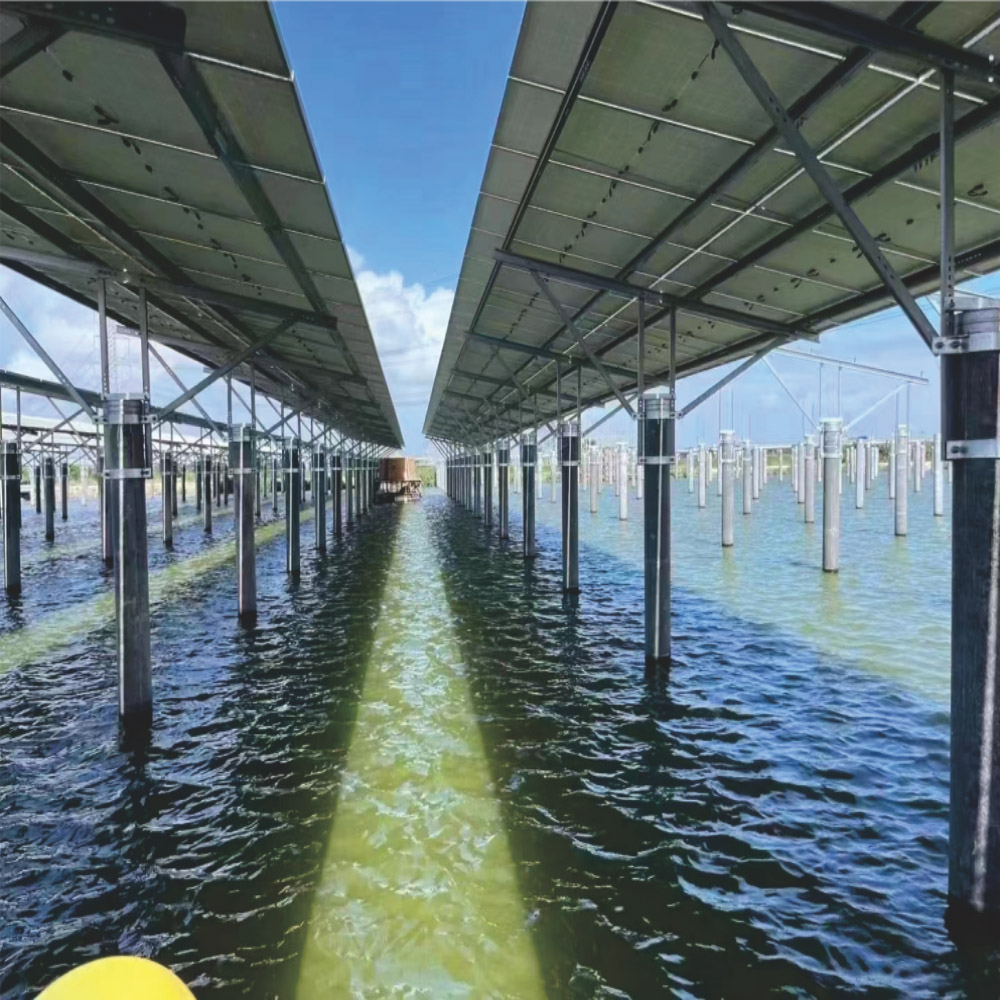
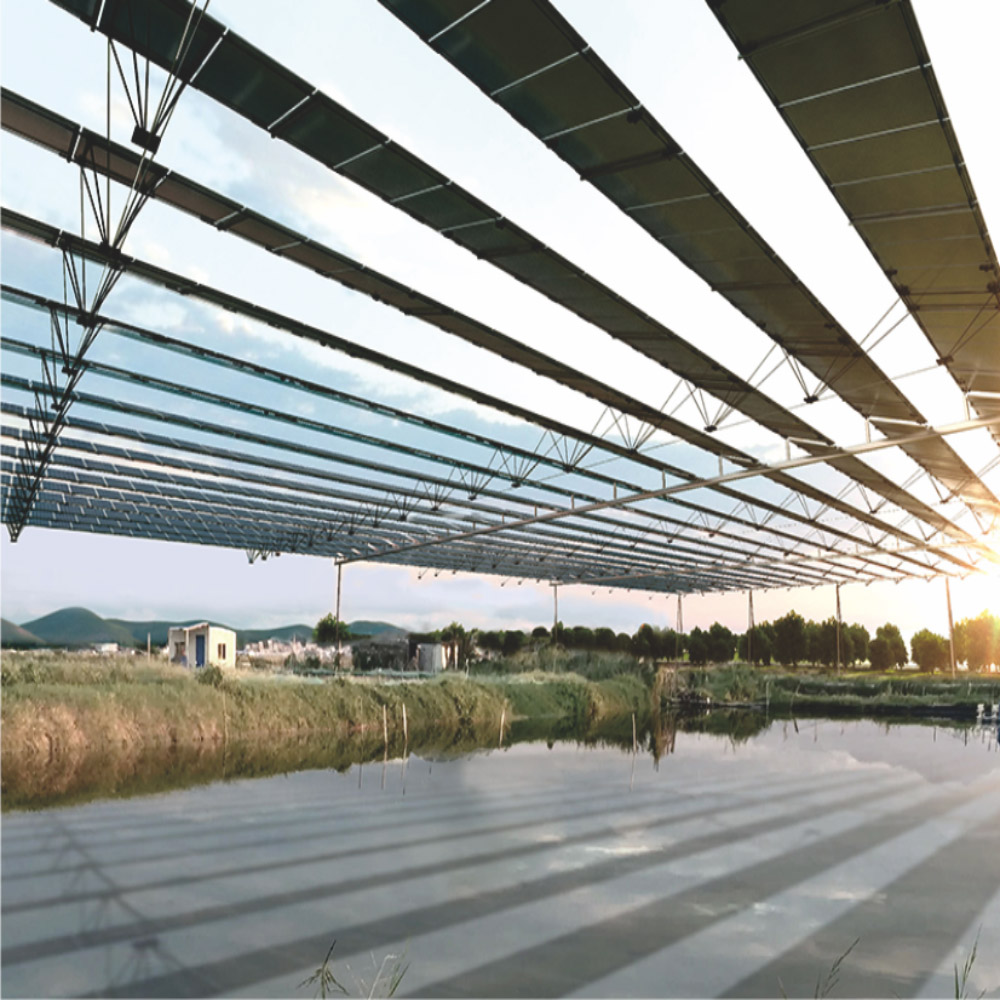
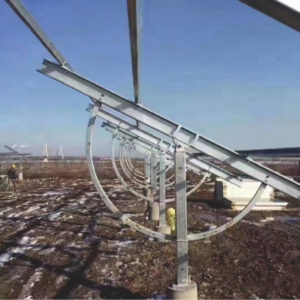
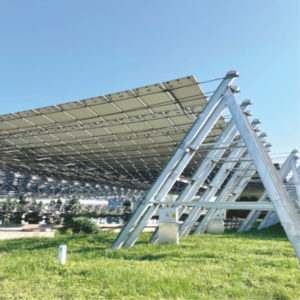
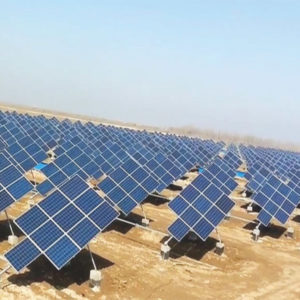
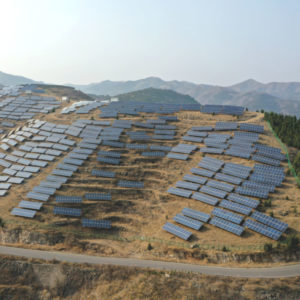
Reviews
There are no reviews yet.